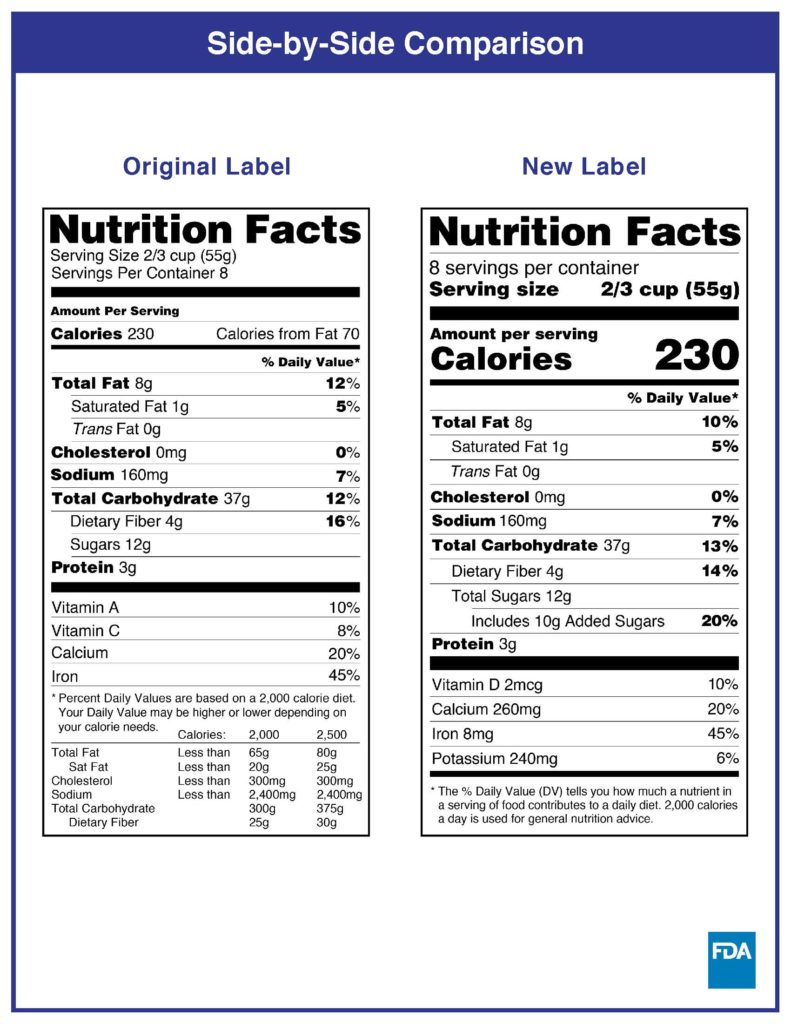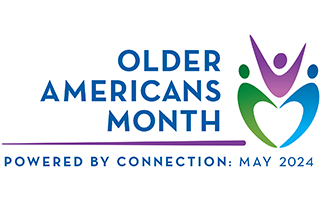As of January 1, 2020, it was out with the old and in with the new when it came to the nutrition labels you find on food packages. Several updates had been made to these labels due to research showing a link between diet and chronic disease.
• Calories and serving size now have a larger bold font size, making it easier to read. Previously, labels were easy to ignore because they were difficult to read.
• Serving size amounts were based on what was recommended and not on what people were actually eating. With the new label updates, serving sizes are now based on how much people are actually eating. For instance, a 16-ounce bottle of soda and a 12-ounce can of soda are now both seen as 1 serving because people often drink the entire thing in one sitting. Before, these both would’ve been seen as different serving sizes.
• Sugars on the food labels now include added sugars. Previously, the label stated the total amount of sugars. Some foods have naturally occurring sugars and may also have added sugars. Now, it’s easy to see how many grams of sugar are added during the processing of the product. On the food label example, it shows the food item has 10 grams of added sugar. If you are looking for healthy choices, look for foods that have very little added sugars. The American Heart Association recommends no more than 24 grams of added sugar for women and 36 grams of added sugar for men per day.
• Calories from fat has been removed from the updated nutrition label. Research shows the type of fat consumed is more important than the amount of fat consumed.
• The list of nutrients that are required have changed. Since Americans do not get enough vitamin D and potassium, they are now on the nutrient list, making it easier for people to know exactly how much of each nutrient is in the food item. Vitamin A and C are not on the list as they are no longer deficiencies in our diet. These nutrients are listed in milligrams, or micrograms, as well as in percent daily value. Due to new research, the percent daily values were also updated.
The main point of these changes was to make the label easier to read and more representative of the nutrients in the foods you buy, so you can make more informed decisions on the items you want to purchase. Experts want shoppers to be able to read what is in their food, have the most important nutrition facts listed, and in the end encourage customers to make healthier food choices.

Source: fda.gov



